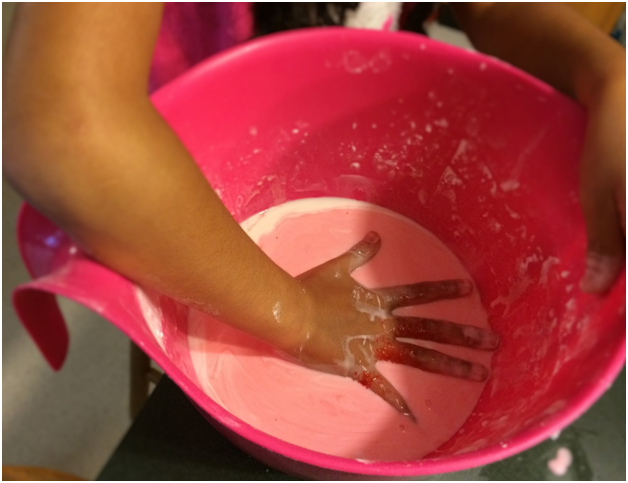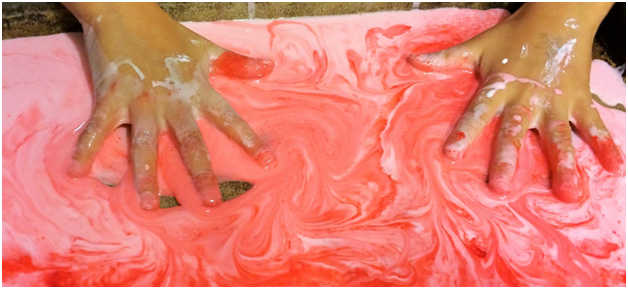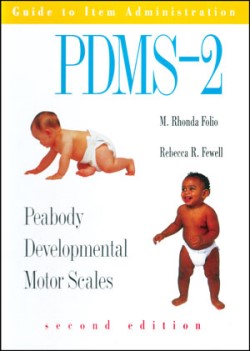Therapro’s Sensational Fun activity cards feature over 100 creative and fun sensory activities. The cards were created to encourage safe sensory experiences.
If you are a parent, teacher or therapist who needs sensory activities for the whole family, these cards are perfect for you. Below is a sample of one of the Activities included in Sensational Fun.
Making Goop is a tactile, proprioceptive and kinesthetic feast!
The Goop is solid when squeezed, yet turns to liquid when the hand is opened. The goop is quick and easy to make and provides fascination and tactile stimulation for curious hands.
Materials:
- 1 cup of cornstarch
- 1 cup of water
- Medium plastic bowl
- Spoons
Directions:
- Place one cup of cornstarch into a bowl.
- Pour water into the bowl slowly and stir continuously until the cornstarch is fully saturated (you may need more or less water, so add a little water at a time).
- The mixture is ready to use once the cornstarch resembles a thick paste and becomes difficult to stir.
CAUTION: DO NOT EAT THE GOOP MIXTURE.
Activities:
- Give your child a scoop of goop. When he squeezes the goop tight and then opens his hands, it drips out in unexpected ways! Does it feel cool or warm?
- Play charades by making shapes or animals with the goop. Can your child guess what you’ve made? Give him hints: draw details in the goop!
- Fill a larger container with goop. Submerge your child’s feet in the goop. What does it feel like? Does it make a sound?
- Place the goop on a cookie sheet, have your child spell his name in the goop.
- Add food coloring and make colorful goop! Mix food coloring and guess what colors you can make.
- Make it an olfactory sensation as well- Add a sprinkle of your favorite Fruit Flavored drink mix (Kool-Aid®)
Have fun! Below are some pictures of our Cherry Scented Goop.



 When you order the PDMS-2 COMPLETE Kit, you’ll receive an Examiner’s Manual, a Guide to Item Administration, a Picture Book, 25 Profile/Summary Forms, 25 Examiner Record Booklets, the Motor Activities Program Manual and a Peabody Motor Developmental Chart. The PDMS-2 is also offered without the Motor Activities Program Manual (PDMS-2 TEST Kit).
When you order the PDMS-2 COMPLETE Kit, you’ll receive an Examiner’s Manual, a Guide to Item Administration, a Picture Book, 25 Profile/Summary Forms, 25 Examiner Record Booklets, the Motor Activities Program Manual and a Peabody Motor Developmental Chart. The PDMS-2 is also offered without the Motor Activities Program Manual (PDMS-2 TEST Kit).